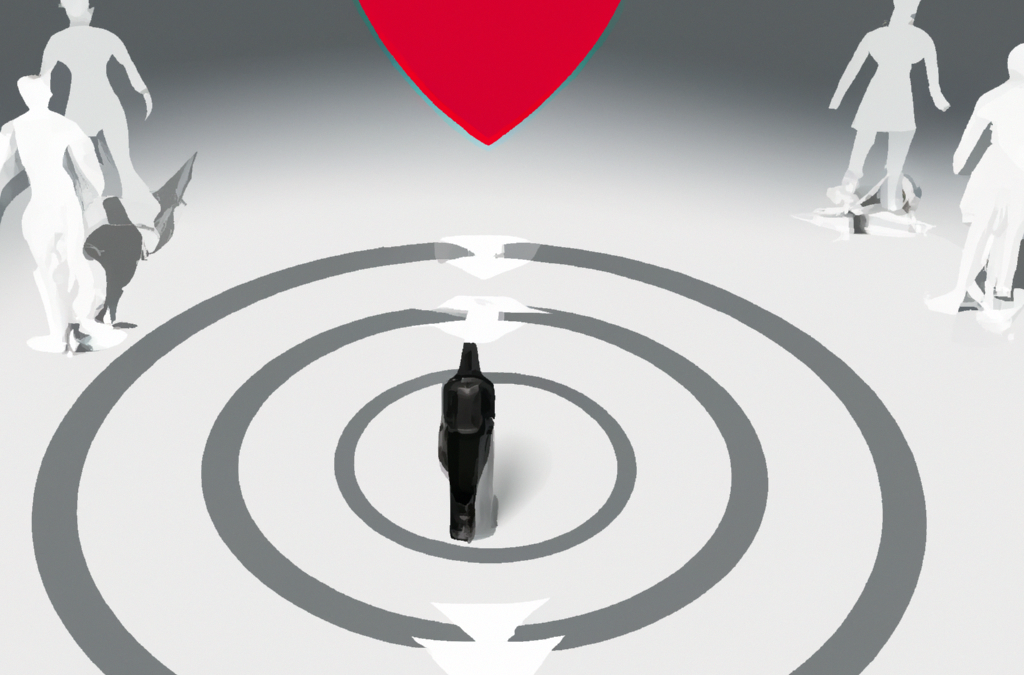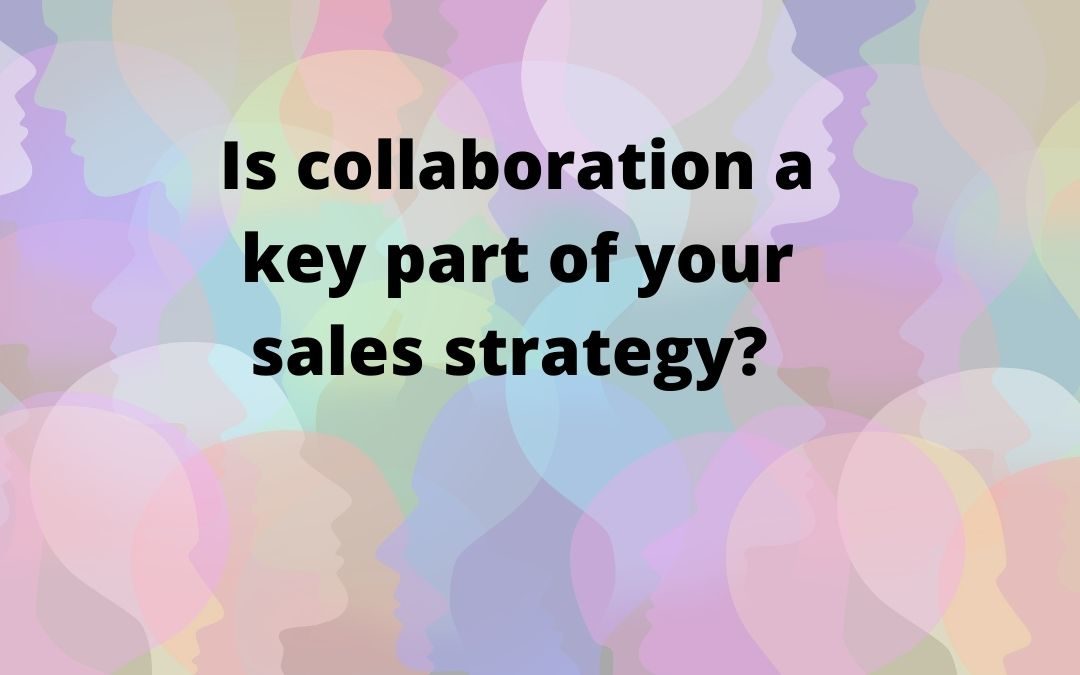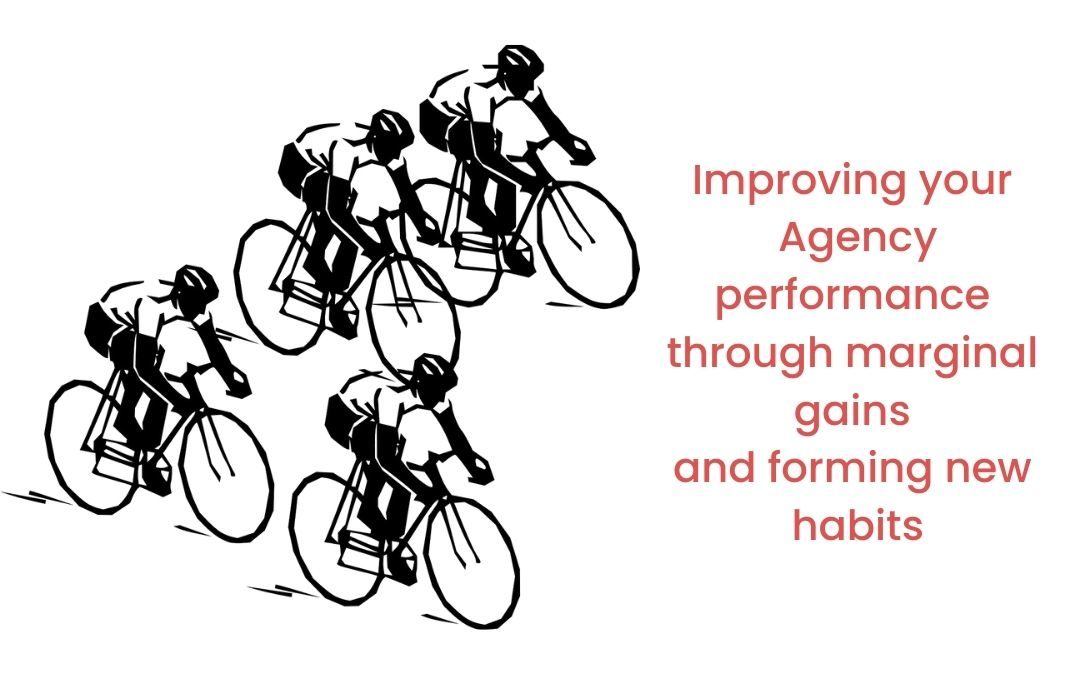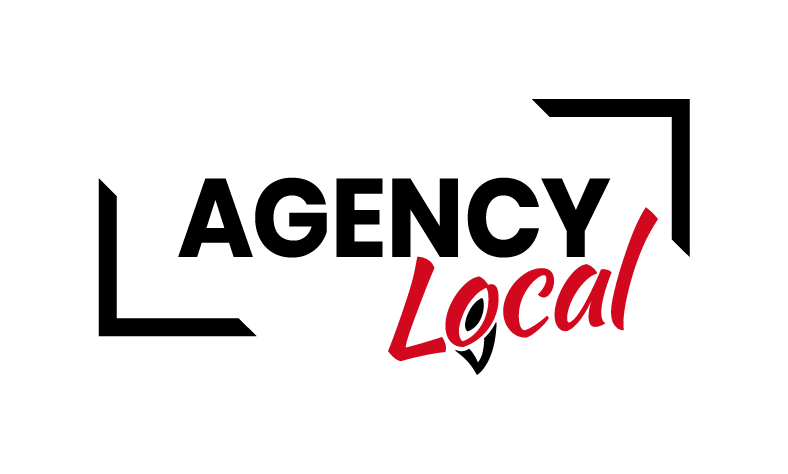
by Chris Bantock | Feb 6, 2023 | Agency Business, Strategy
Creating Customer Centric Agencies
February is the month of love. So what better time to show some love to your customers. Just as February is the month of love, with Valentine’s Day as its centrepiece, companies can make every day a celebration of their customers by putting them at the heart of their business.
A customer-centric approach is all about showing your customers that you care, just like how you would show your loved ones how much you care on Valentine’s Day. By making your customers feel valued and appreciated, you can build strong, long-lasting relationships with them and drive positive business outcomes.
In this article, we’ll explore what it means to be customer-centric and how companies can adopt this approach to create a culture of customer love.
Being customer centric means that a business places the needs and wants of its customers at the centre of all its decisions and actions. The focus is on creating a positive customer experience and providing value to the customer.
The benefits of being a customer centric business are immense and include:
- Increased customer loyalty: Customers are more likely to return to a business that has demonstrated a genuine interest in their needs and satisfaction.
- Improved customer satisfaction: A customer-focused business is better equipped to address customer complaints and resolve problems quickly and efficiently.
- Better reputation: Word-of-mouth advertising is a powerful tool and a customer-centric business is more likely to receive positive reviews and recommendations from satisfied customers.
- Increased sales: A customer-centric business is more likely to understand the needs of its customers and be able to offer products and services that meet those needs.
- Competitive advantage: By putting the customer first, a business is able to differentiate itself from its competitors and establish a competitive advantage.
- Enhanced employee morale: When a business places a high value on customer satisfaction, employees are more motivated to provide the best possible customer experience.
This approach can help agencies to not only meet customer expectations, but also exceed them and establish long-lasting customer relationships.
To be truly customer-centric, companies need to take a holistic approach, considering all touchpoints in the customer journey and ensuring that each one is optimised for a positive customer experience. This includes everything from product design and marketing, to customer service and after-sales support.
Understand your customers
One key aspect of being customer-centric is having a deep understanding of the customer. This requires gathering and analysing data on customer behaviour, preferences, and feedback, and using that information to inform business decisions. Companies can also engage directly with customers through surveys, focus groups, and other methods to gain insights into their needs and desires.
Another important aspect is having a flexible, responsive approach to customer needs. Companies need to be able to adapt quickly to changing customer preferences and needs, and be willing to make changes to their products, services, or processes as needed.
Technology
In addition, companies need to invest in the right technology and resources to support a customer-centric approach. This includes customer relationship management (CRM) systems, data analytics tools, and a strong customer service team.
Be more Profitable
Overall, being customer-centric is a strategic approach that can help companies to build stronger, more profitable relationships with their customers. By putting the customer at the centre of all business decisions, companies can create a culture that values customer satisfaction and drives positive business outcomes.
So don’t just have February as the month of love – use February as the month to start loving your customers all year round.

by Chris Bantock | Jul 7, 2022 | Agency Business, Strategy
Sales or new business continues to be the number one challenge for marketing agencies of whatever size.
Why is this?
- There is a huge amount of competition for marketing services
- Most agencies are firmly in the ‘sea of sameness’ with their positioning
- Agency owners on the whole are not trained sales people
- Trained sales people do not always deliver the goods
- Sales is hard – really hard!
The vast majority of agencies rely on word of mouth or referrals for their lead generation. This can be a very effective strategy especially when you are a small agency or a freelancer however when you grow you need a steady stream of leads and prospects.
It is at this stage you need to develop multiple streams of lead generating activity.
The majority of agencies’ sales activity is a direct approach – following either inbound or outbound strategies to attract and find new customers. These approaches are very sensible and done correctly will deliver leads and enquiries. These strategies can be very time intensive and potentially costly.
There is another way.
Through collaboration and partnerships. Working together with other businesses allows you to leverage their activity (and them yours) for mutual benefit.
Effective partnering can bring you a steady stream of new opportunities, leads and sales. As these come from a ‘trusted’ source in the prospects mind you are already way ahead of the game, especially when compared to traditional sales methods.
If you are an SEO and social media agency then look to partner with non competitive but aligned businesses. For example web designers, web developers, brand designers. Services that your clients would be looking for. This way you can pass opportunities between you.
Difference between a collaboration and a partnership
These words are often used together however they mean very different things. In a collaboration, each operates independently and has complete control over the individual resources they bring to the table. In a partnership, however, there is more of a co-mingling of resources and a separate structure is developed to oversee or manage the engagement.
We are mainly talking about collaboration here – loose agreements to refer opportunities to each other. Often collaborations that work well together can then become more formal partnerships.
How do you establish a collaboration strategy?
Last year I worked in collaboration with 20 other experts to create a book – How to be a 6 Star Business. This was a great example of partnership – people working together to produce something that was bigger than the sum of the parts.
My chapter was entitled …. Wait for it ….. ‘How to be a 6 Star Collaborator’!
In this chapter I outlined the following basics of effective collaboration and these are the cornerstone of establishing a collaboration and partner strategy.
- Develop a Partner Mindset
It all starts with mindset. You have to be open to giving and receiving opportunities to each other. Have a mindset that is always on the look out for opportunities for others.
2. Ask the right Questions
Get curious – really understand what the other party wants and needs. This way you pass opportunities that are worthwhile.
3. Find your Community
Communities are really important. This is where you find your fellow collaborators. Choose communities where the people you want to work hang out. In agency world there are a number of Agency communities such as Agency Local where you can find your future collaborators.
4. Be clear on who you serve (and who you don’t)
When establishing collaborations then make sure that everyone understands who your target audience is (and as important, who they are not). This way you will get opportunities that match the audience you want to serve.
5. Be Vulnerable Be Open
It serves no one if you paint the rosy picture you want them to see. Be vulnerable be open – you will find that you build much stronger relationships this way.
6. Build Trust
Being open and vulnerable will contribute to building trust. Trust is based on competence and character you have to build both.
7. Agree on a common purpose
Discuss and agree where you both play, the areas you can collaborate. Strong collaborations develop when both parties have similar goals and purpose this way they both parties are motivated to work together.
Do you need a formal agreement?
I am often asked if you need formal agreements in place. My view is that collaborations work well when they are loose, informal relationships. However they can become more formal over time – however this is then heading into the partnership territory.
Relationship, relationship, relationship
For collaborations to work and continue to work it comes down to relationships. Be prepared to put some effort into building and most importantly maintaining relationships. Keep in regular contact (again this is where communities come into play). Have regular discussions – explore new opportunities etc.
Summary
As ever in life and business, success is not dependent on one thing. It is the same with your agency sales. Do not rely on one source for leads. Develop multiple streams to deliver a constant flow of leads.
I would strongly urge you to add a collaboration strategy to your sales mix as this will reap you untold rewards and could possibly be your most effective way to generate new business.
If you would like to discuss this or other business topics then please get in touch.

by Chris Bantock | Apr 5, 2022 | Agency Business, Strategy
Habits are the compound interest of self improvement
This quote is from the book Atomic Habits which was the March book of the month at the Agency Local Book Club.
As agency owners and leaders, continuous improvement should be at the center of your business.
Why? As businesses we need to be constantly adapting to our environment to the external factors that have an impact on our business. We have seen this in real time recently with CoronaVirus, now with Ukraine war leading to high inflation.
Adaptation is different to continual improvement. I see continuous improvement as being what you do internally within your business
- making improvements in how you run your business (efficiency),
- how you improve the service you deliver (customer delight),
- how you become more purpose led business (sustainability)
- how you manage your teams how you develop your culture (creating a great place to work),
- how you improve your skills as a business owner (leadership)
These are just examples of areas of continual improvements that you can make in your business.
James Clear, in his book, highlights that if you want to change something then you need to make it a habit. Easier said than done right?!
Making small adjustments – consistently delivers big change.
We are all under pressure in business to set clear goals. These are our destinations, it is where we want to be and what we want to achieve. Interestingly, often winners and losers have the same goals! In a sporting analogy if you think athletes have the goal of winning the gold medal, only one person can win it yet the whole field in the final has the same goal.
“Goals are good for setting a direction, but systems are best for making progress.”
So it’s not only about the goal, it’s about the journey, it’s about the systems, processes and actions that you put in place to achieve that goal. It all comes down to action and constant action at that. Doing one thing regularly, day after day, week after week, month after month – then you will see improvements over time.
And for an action to be constant it needs to become a habit.
“Success is the product of daily habits—not once-in-a-lifetime transformations.”
If you look at marginal gain theory – this is all about making small incremental improvements which on their own are unnoticeable however when put together they compound and become significant change. This is the power of habits.
Clear sites as an example the British cycling teams – which were nowhere in any competition at the turn of the century.
Brailsford became Performance Director in 2003 and he brought in the concept of small improvements – marginal gain – the 1 percent margin for improvement in everything you do.
We saw the first British winners of the Tour de France with Bradley Wiggins and Chris Froome in 2012 and 2013 and Team GB’s went on to win an astounding 32 Olympic medals from Beijing, London and Rio, including 20 golds.
“You should be far more concerned with your current trajectory than with your current results.”
As an agency owner, where is your business on the path you want it to go? Do you have a clear vision of where you want it to go? Are you seeing improvements in key metrics? Are you developing new habits to create that marginal gain?
If you don’t know the answers to these questions then it may be time to get a coach or a guide that can help you establish a clear direction for your agency, and to decide what are the areas in which you need to form new habits.



